
EN ISO 11612
Clothing to protect against heat and flames
Clothing to protect against heat and flames In working environments where employees are exposed to potential dangers from heat and flames, effective protection through special protective clothing plays a crucial role. The EN 11612 standard defines the requirements and test methods for protective clothing designed to protect against heat and flames. This standard not only specifies the minimum requirements for materials and construction, but also ensures that the clothing provides reliable protection in various situations. The most important aspects of the EN 11612 standard and their significance for safety in the workplace are explained in more detail below.
Click here to go directly to PROTECTIVE CLOTHING ACCORDING TO EN 11612!
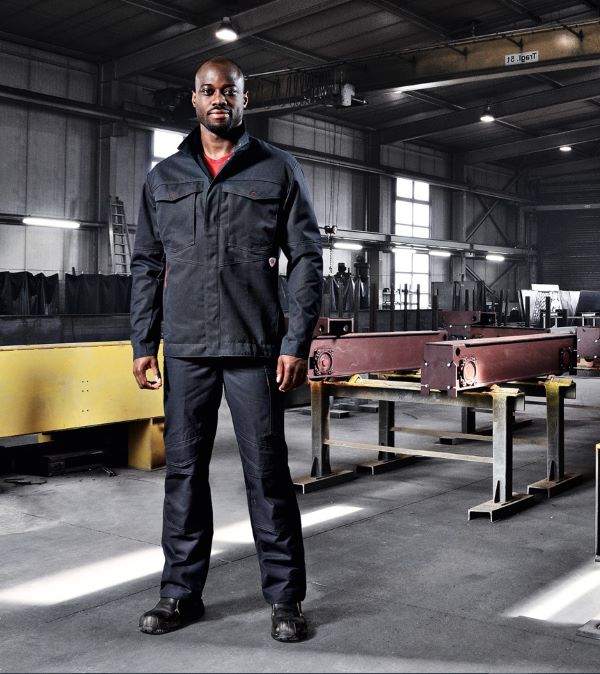
Description
Protective clothing according to EN ISO 11612 is characterised by limited flame spread and is used to protect against radiant heat, convective heat and/or contact heat and/or splashes of molten metal.
What are the relevant test methods in the standard?
Various test methods are carried out within the scope of the standard:
A Contact with flames
- Limited flame spread test.
Default:
- A1 = surface ignition
- A2 = edge ignition
Test:
- A flame is applied to the surface or edge of the fabric material for ten seconds. The test is only passed if the sample does not continue to burn, does not show any hole formation and no burning or melting material drips off. Both the afterburning time and the afterglow time must not exceed 2 seconds on average.
B Convective heat
- Determination of the heat transfer behaviour when exposed to a flame.
Default:
- B1 4 to < 10 seconds,
- B2 10 to < 20 seconds,
- B3 min. 20 seconds
Test:
- In this method, the sample is held over a flame. On the opposite side, the rise in temperature is measured with a calorimeter. The time it takes for a temperature rise of 24°C to occur is tested.
C Radiant heat
- Determination of the heat transfer behaviour when exposed to radiant heat.
Test:
- The material is exposed to a heat source and the associated radiant heat (20 kW/sqm). Using a calorimeter, the temperature rise is measured on the surface of the fabric. It is determined how long it takes for a temperature rise of 24° C to occur.
Target:
- C1 7 to < 20 seconds
- C2 20 to < 50 seconds
- C3 50 to < 95 seconds
- C4 min. 95 seconds
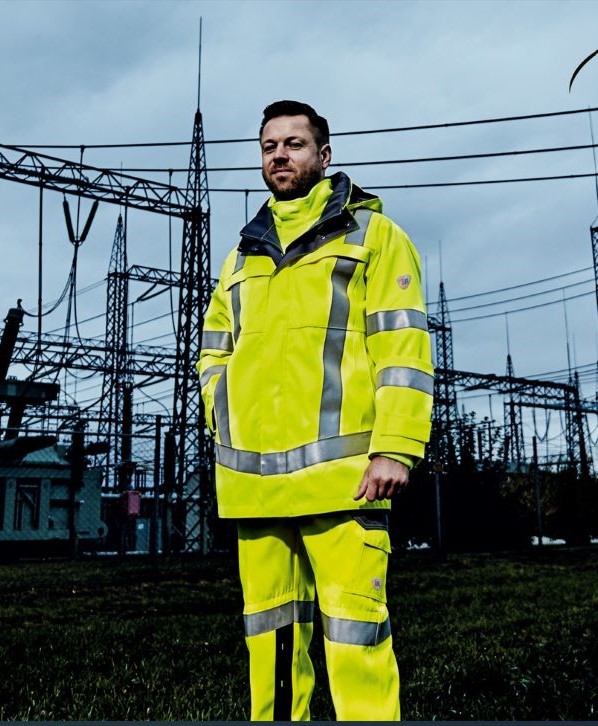
D Liquid aluminium splashes
- Test of protective performance with molten aluminium
Default:
- D1 100g to < 200g
- D2 200g to < 350g
- D3 min. 350g
Test:
- The protection against splashes of liquid aluminium is determined. A defined amount of liquid aluminium is poured onto the test specimen with an underlying membrane simulating a skin. The membrane must not show any damage/deformation after the test.
E Liquid iron splash
- Test of protective performance with molten iron
Target:
- E1 60g to < 120g
- E2 120g to < 200g
- E3 > least 200g
Test:
- The test is carried out in the same way as for D. A defined quantity of liquid iron is poured onto a test specimen. There is a PVC film on the underside of the test specimen. This simulates human skin and must not show any damage after the test.
F Contact heat
- Test of the protective performance at a contact temperature of 250 °C.
- F1 5 to < 10 seconds
- F2 >10 to < 15 seconds
- F3 min. 15 seconds
Test:
- A heat source with a temperature of 250°C is held against the test specimen. The temperature rise is measured on the opposite side.
Requirements for protective clothing according to EN ISO 11612
In addition to the test methods described, PPE protective clothing must meet various requirements:
- For Code E, D: As with a tiled roof, the overlapping fabric must always be on top. This way, no flowing iron or aluminium can get caught in the clothing.
- The jacket must overlap the trousers sufficiently.
- The neck opening must have a fastener.
- The distance between buttons must not exceed 15 cm.
Protective action
This standard is relevant to many areas of personal protective equipment (PPE). Protective clothing according to EN ISO 11612 stands for limited flame spread. It protects wearers from radiant heat, convective heat, contact heat and splashes of molten metal.
Areas of application
- Metalworking industry
- Foundries
- Cement works
- Handicraft (e.g. locksmith's shops)
- Transport infrastructure (e.g. rail construction)
- Petrochemical industry/refineries
- Energy suppliers (e.g. public utilities)
What is meant by "inherent flame retardancy"?
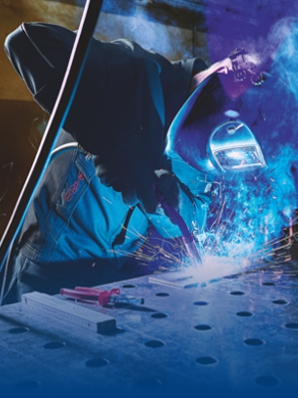
Work jackets according to EN ISO 11612
You will find a small selection of standard-compliant protective equipment here.
Work trousers according to EN ISO 11612
You will find a small selection of standard-compliant protective equipment here.
Bib & Braces according to EN ISO 11612
You will find a small selection of standard-compliant protective equipment here.
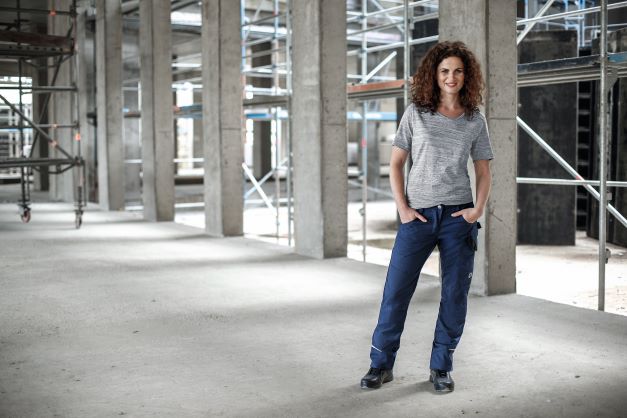







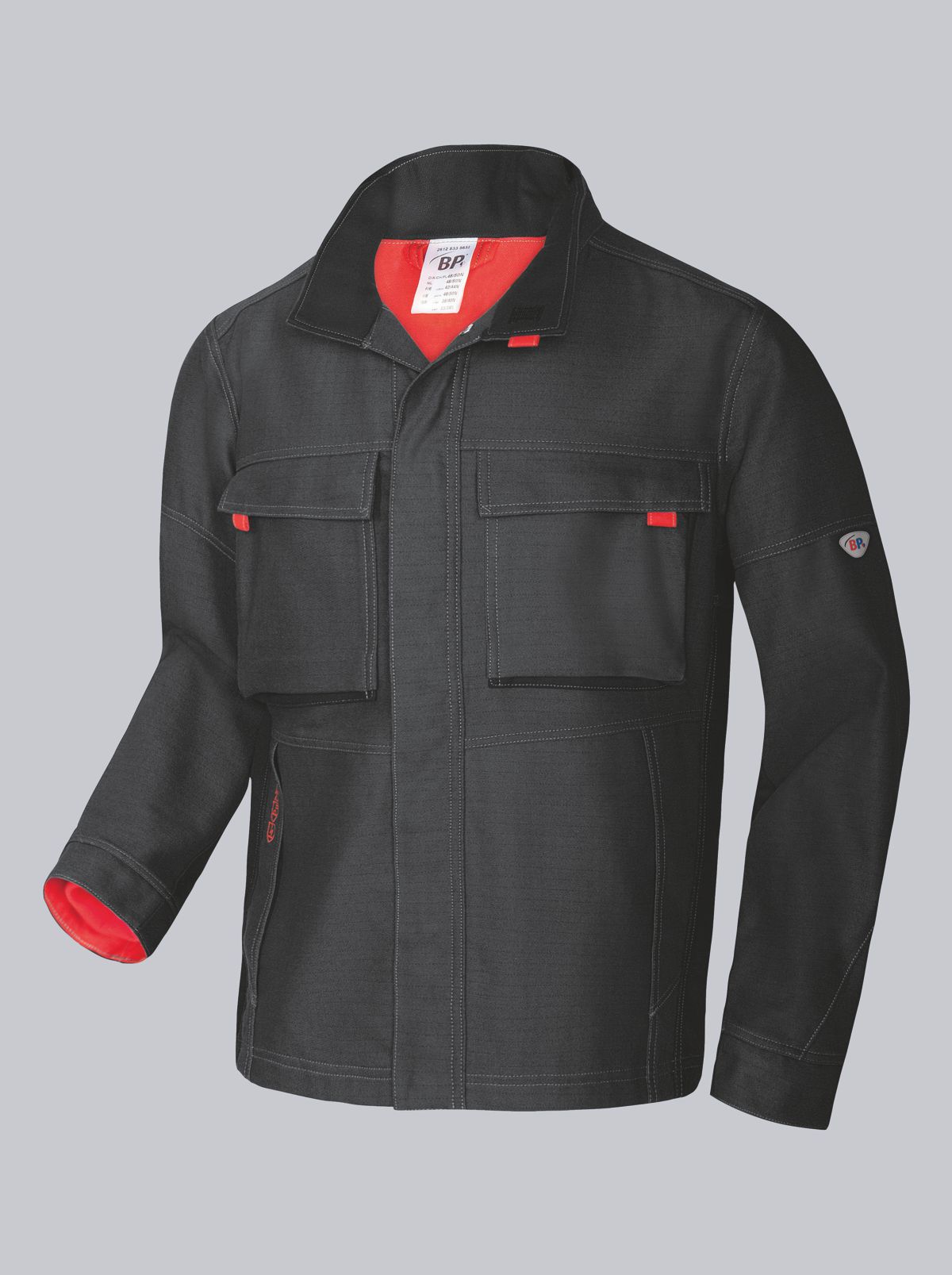
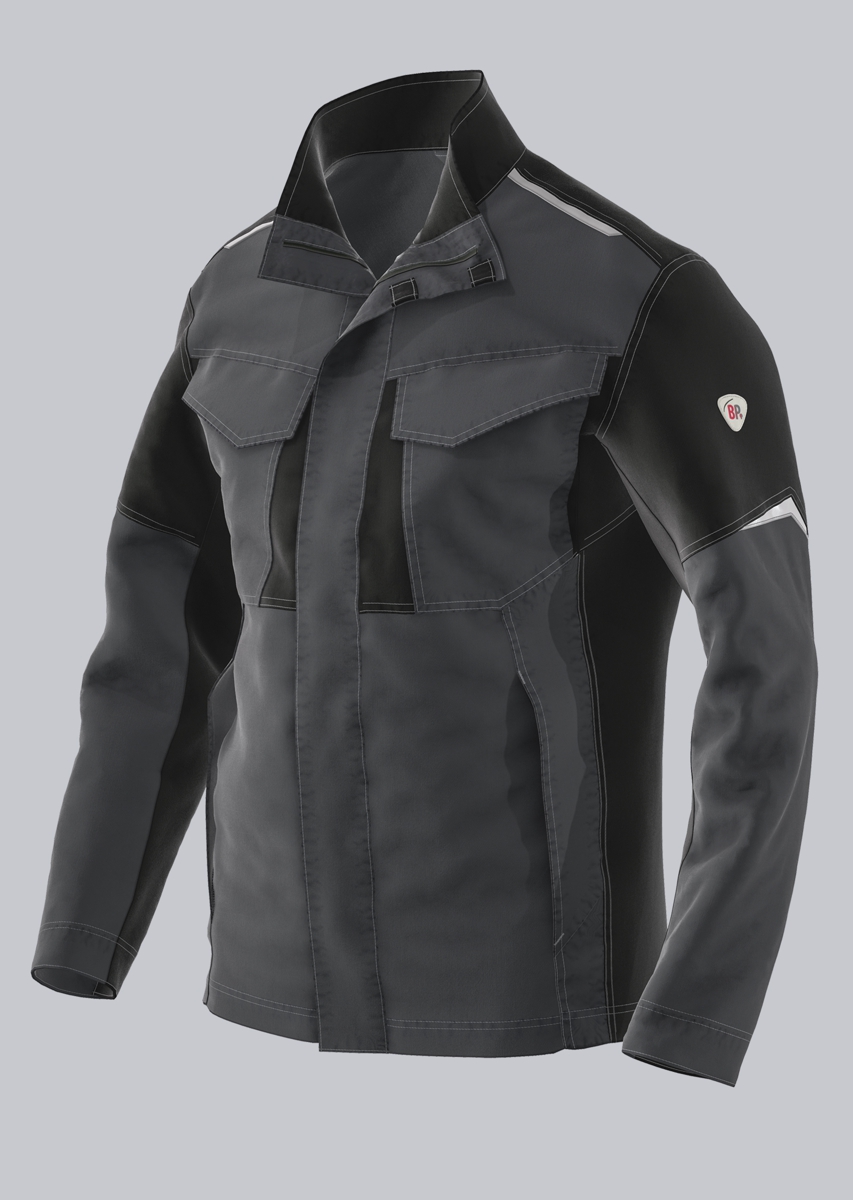
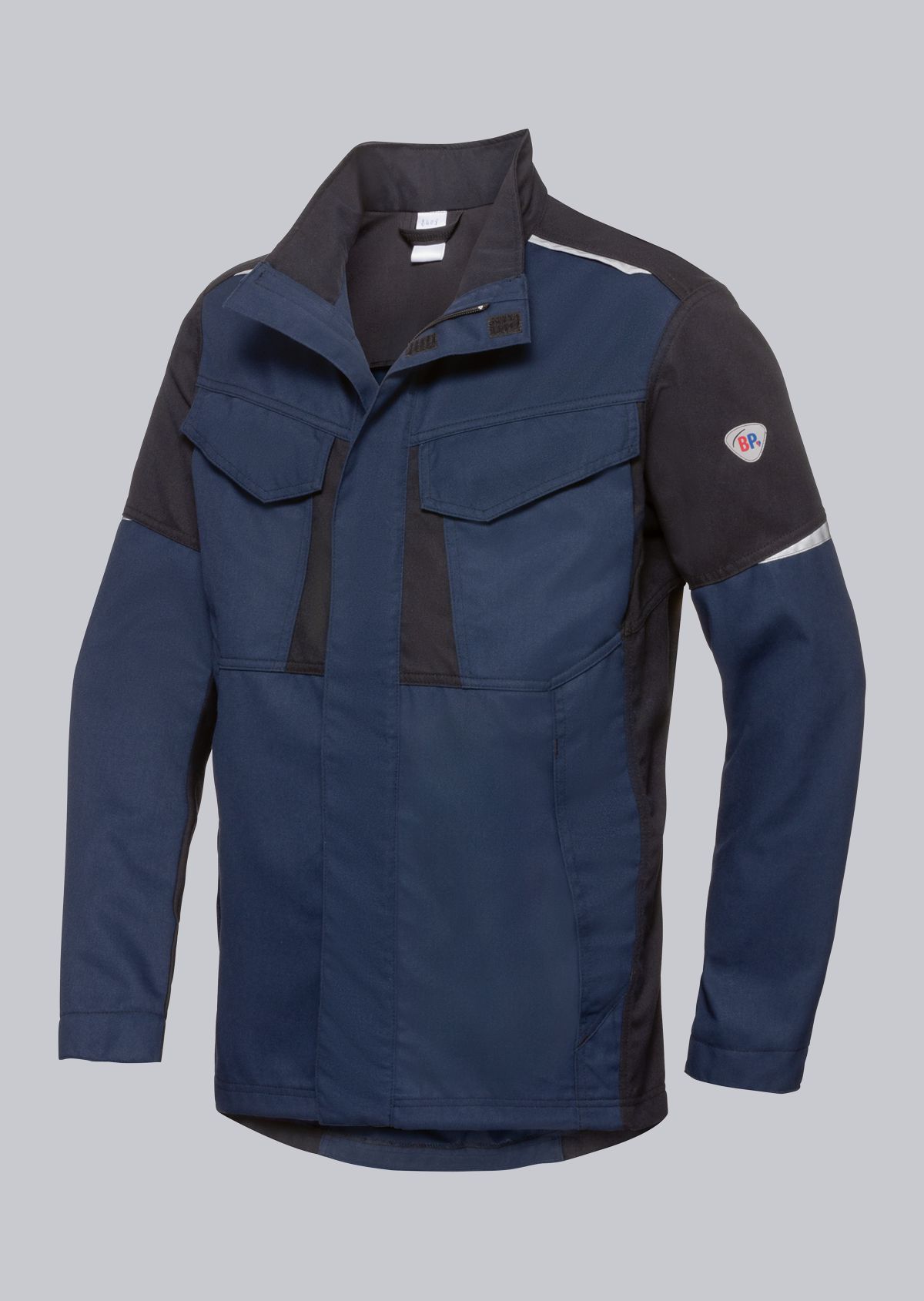
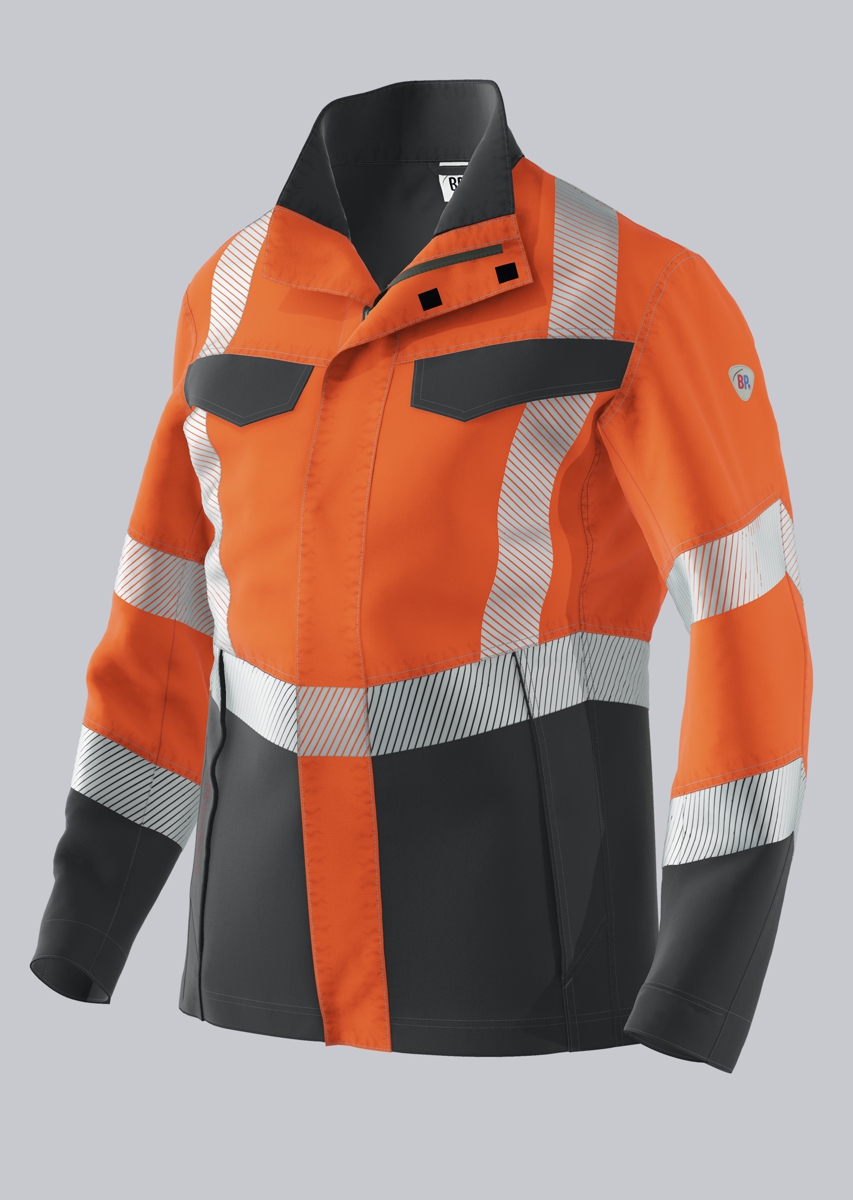
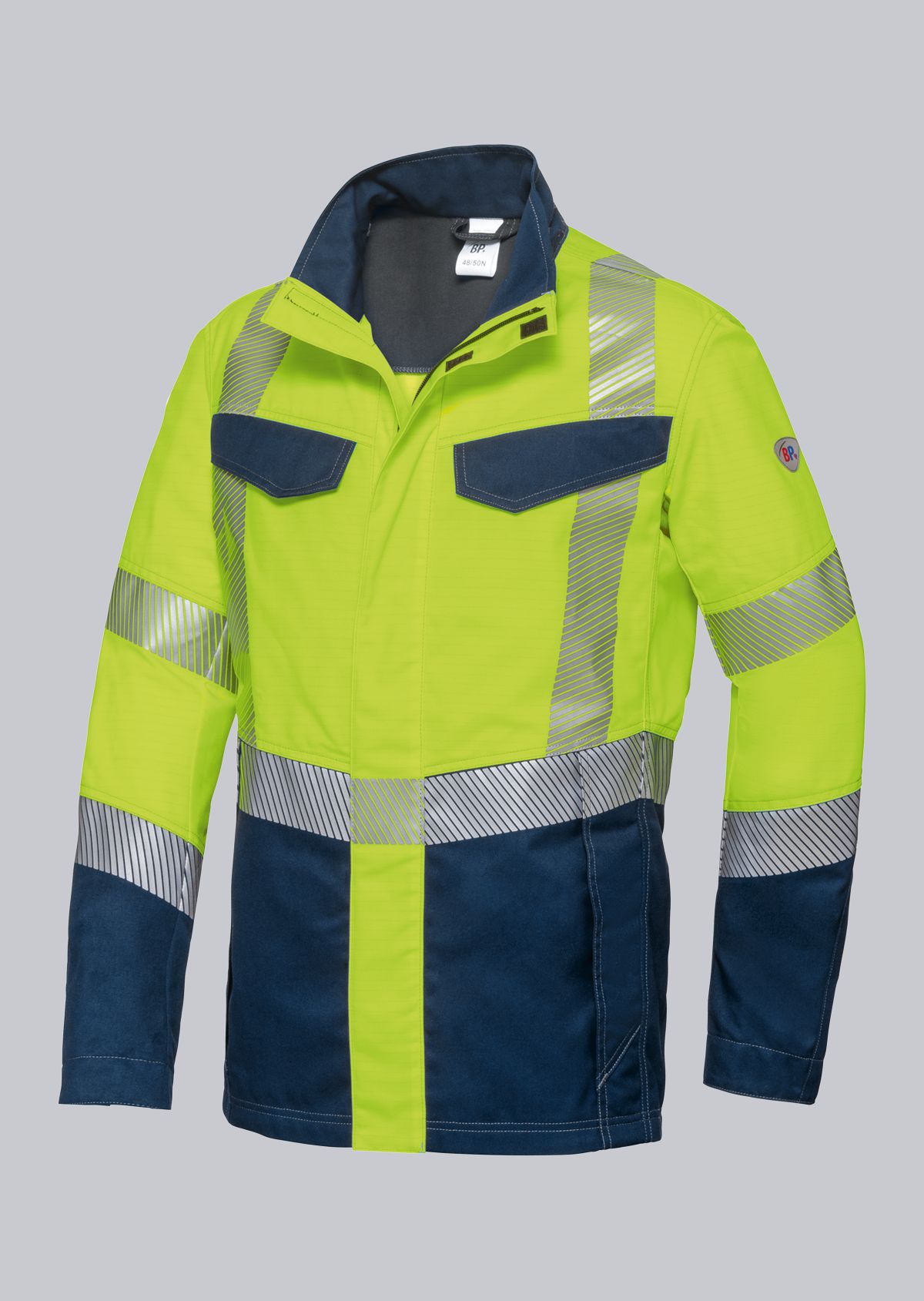
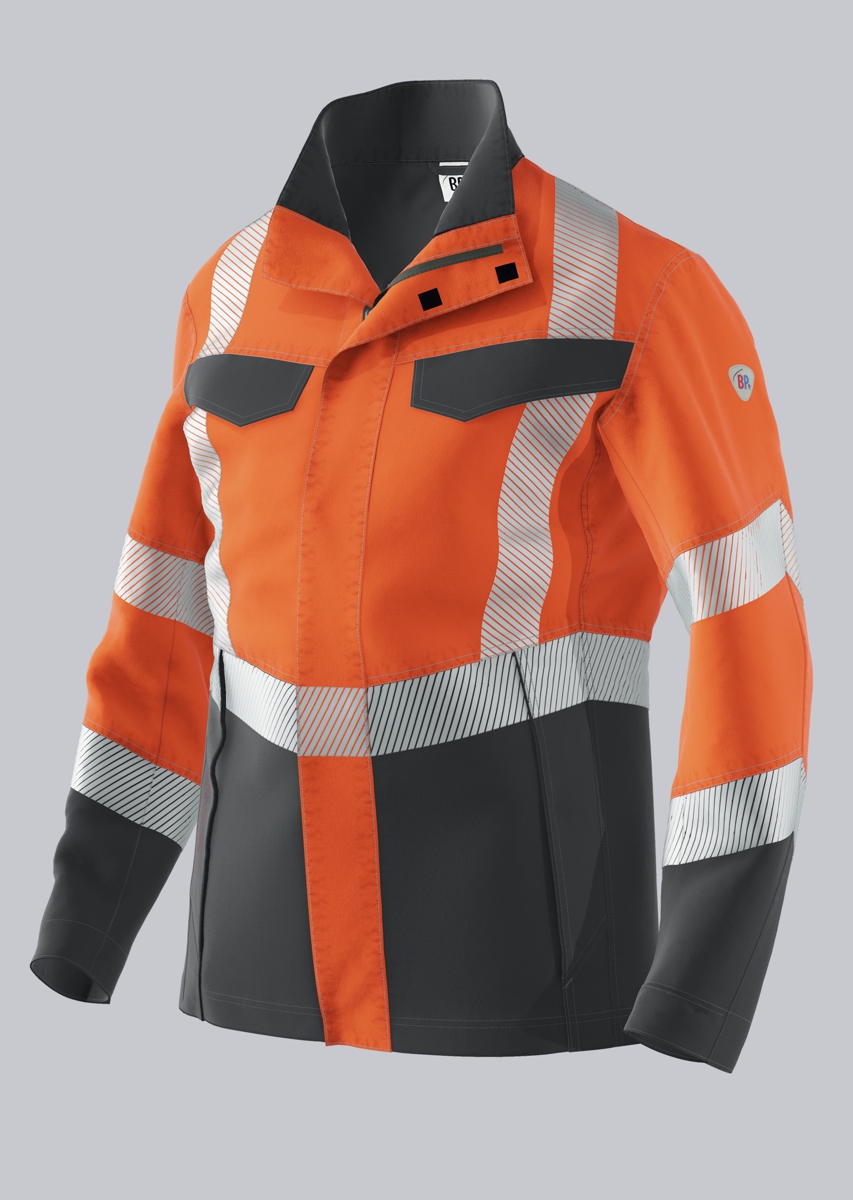
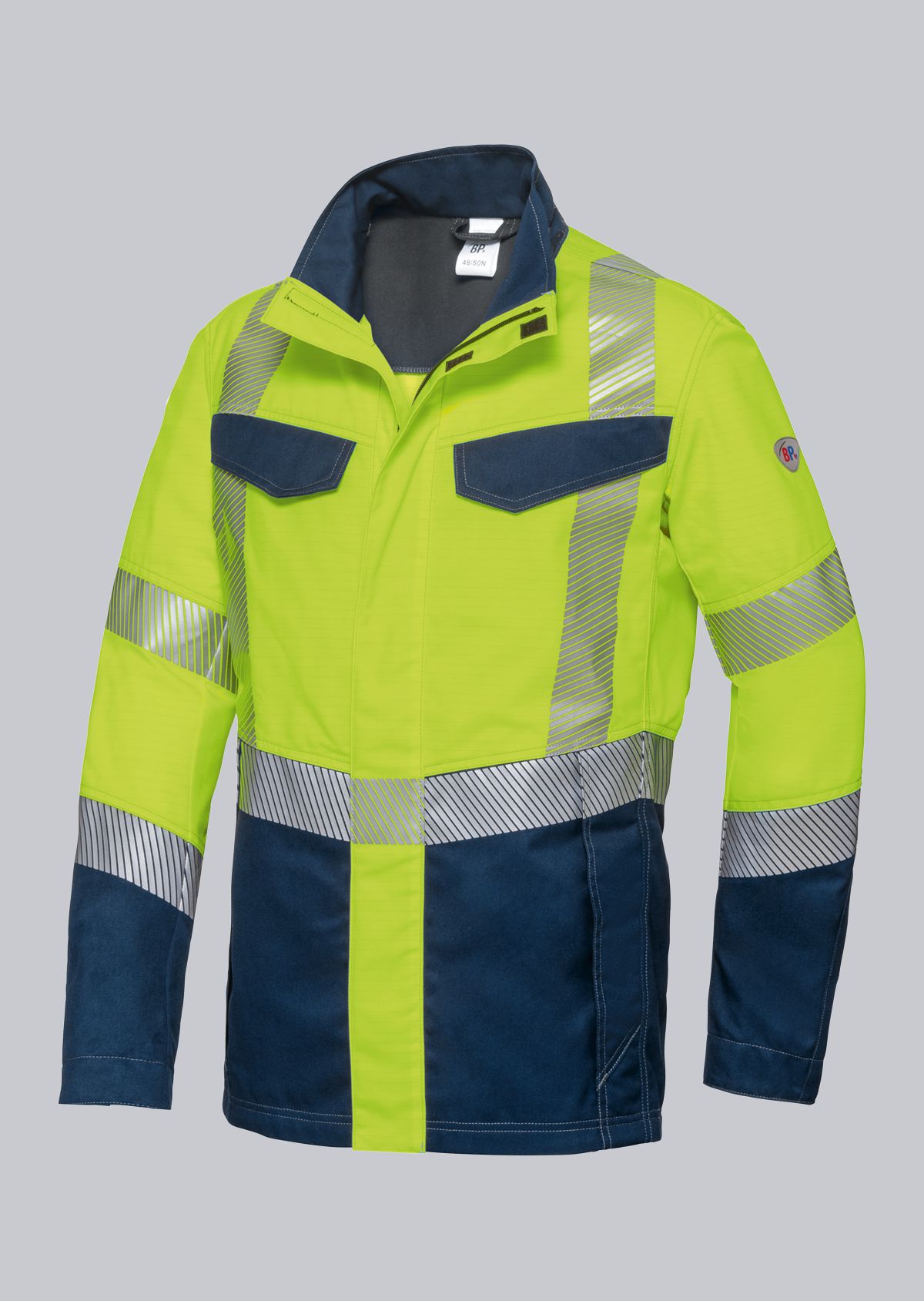
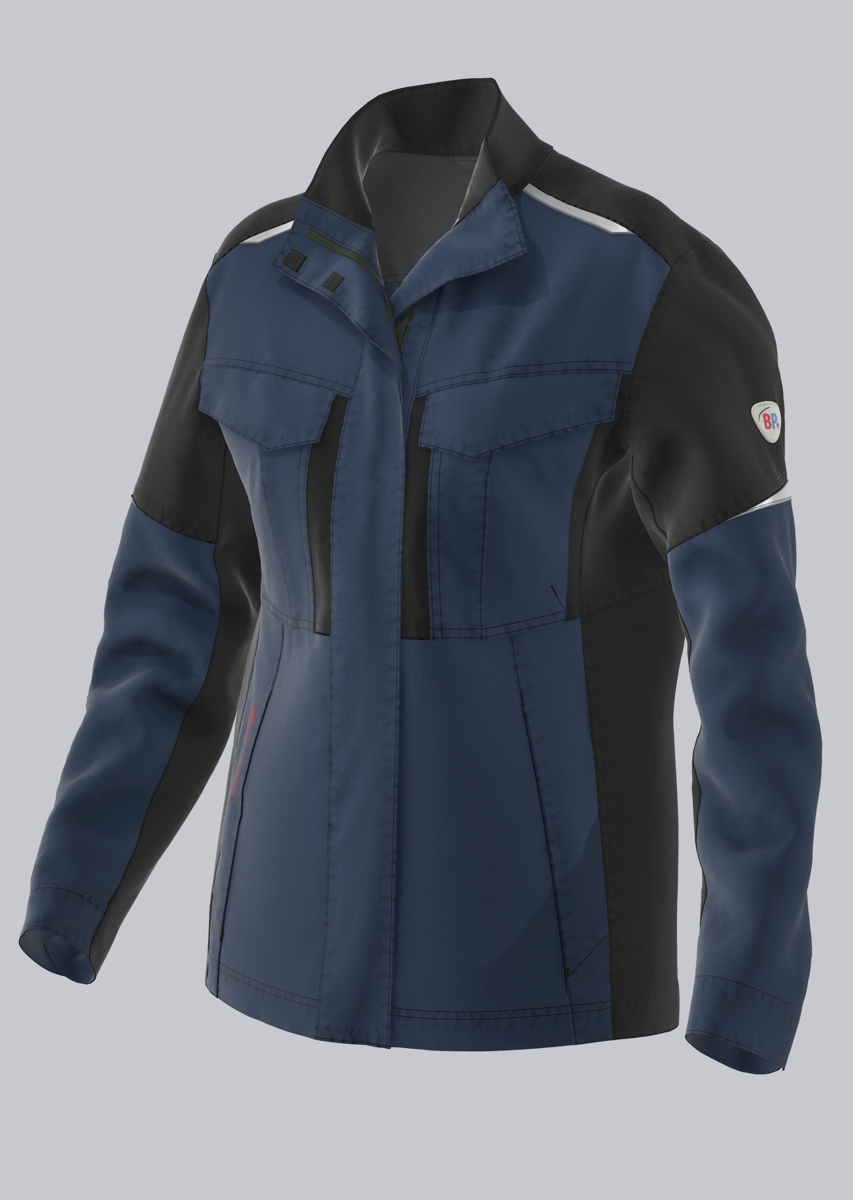
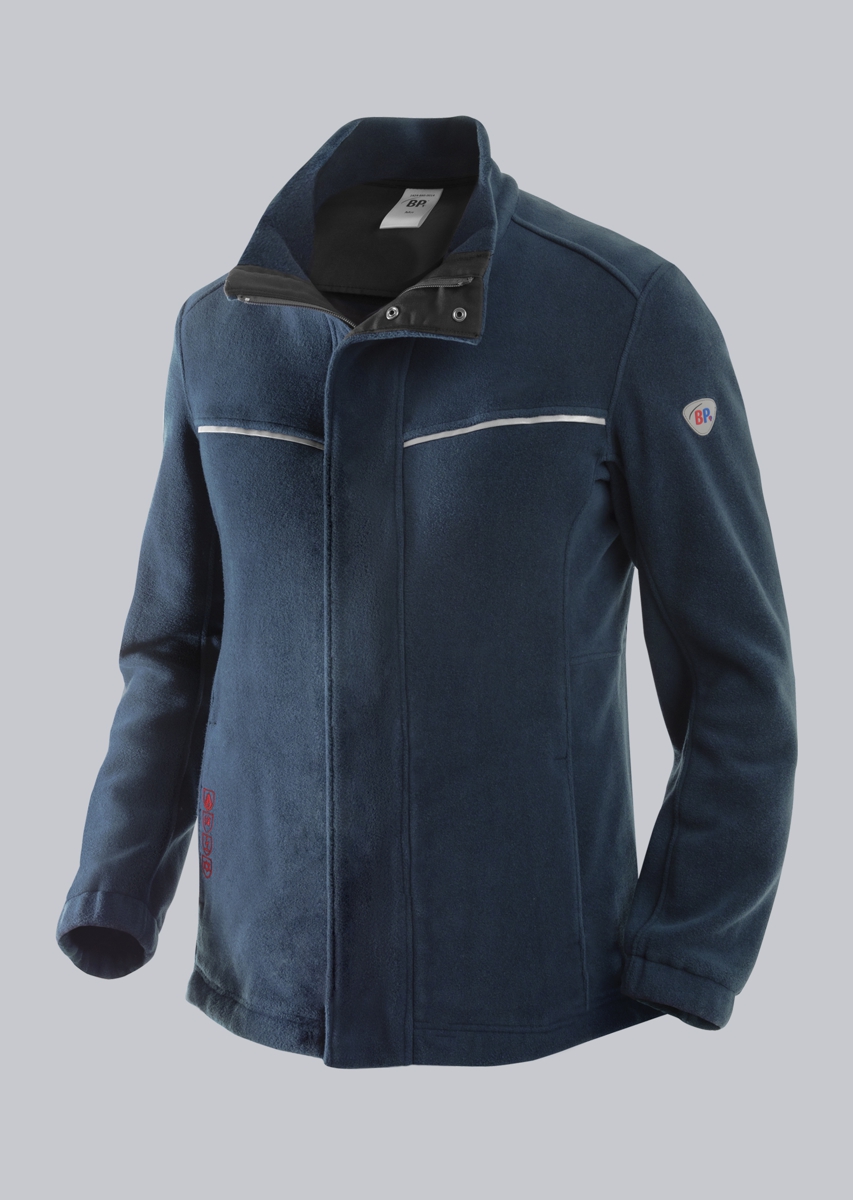
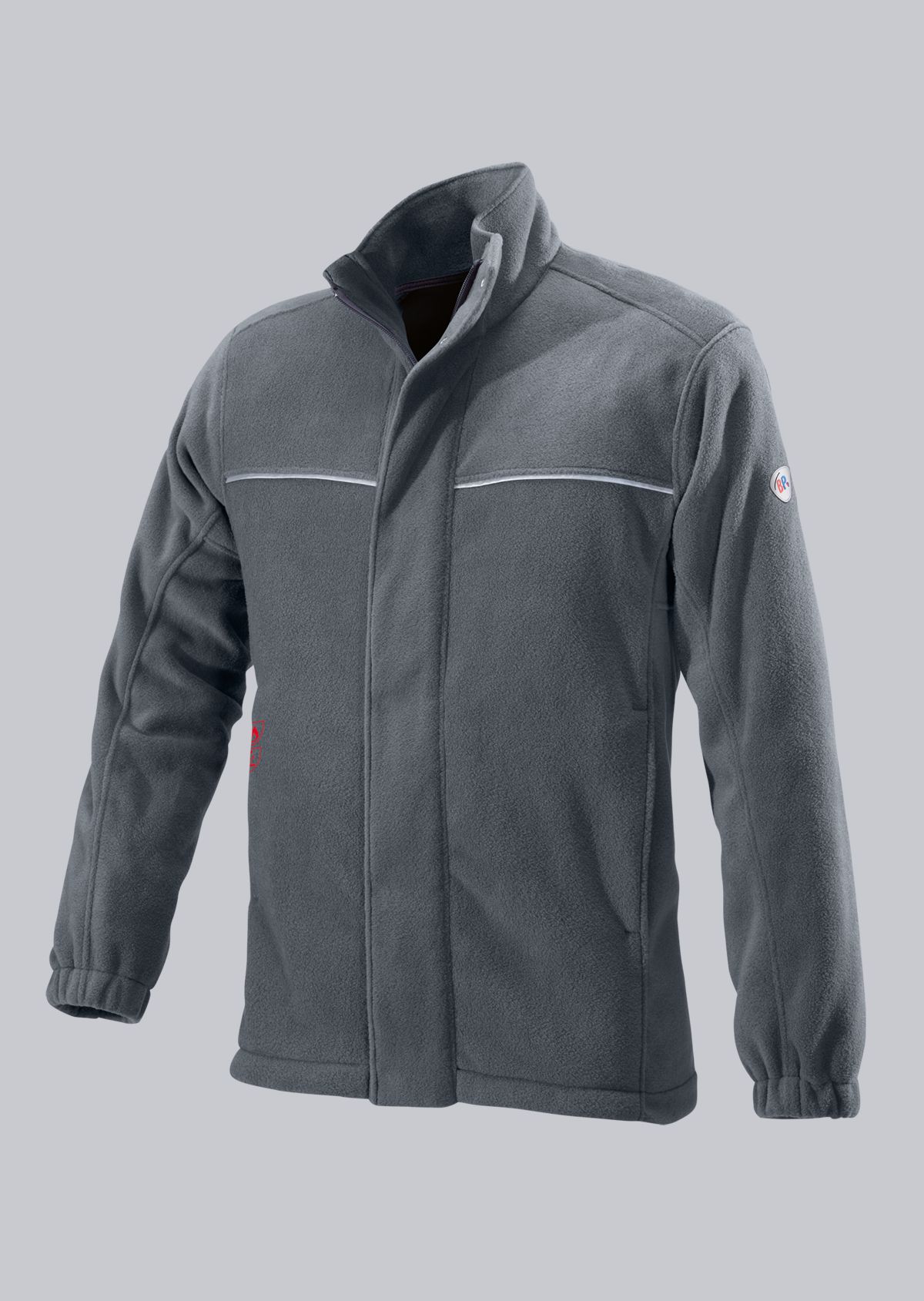
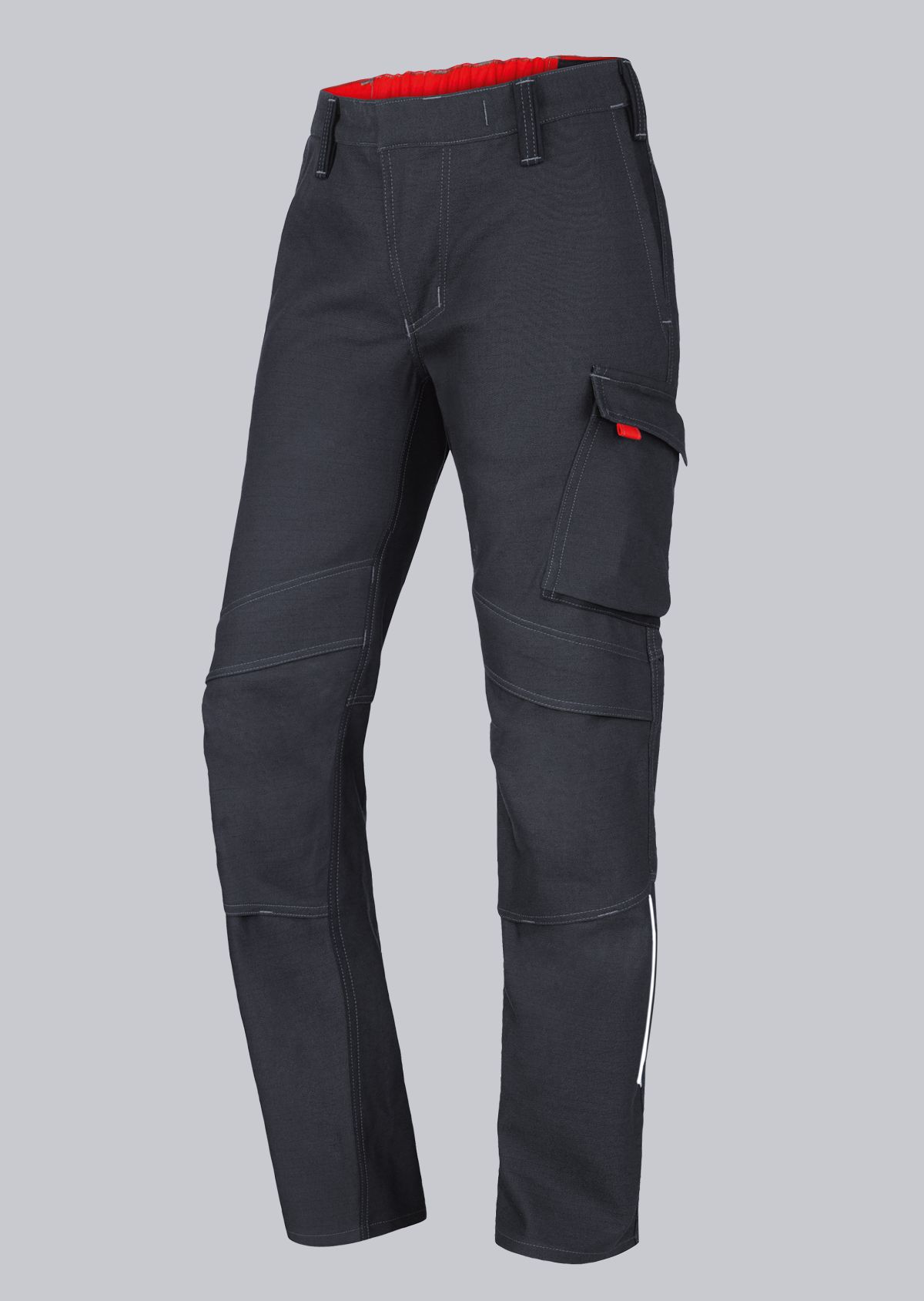
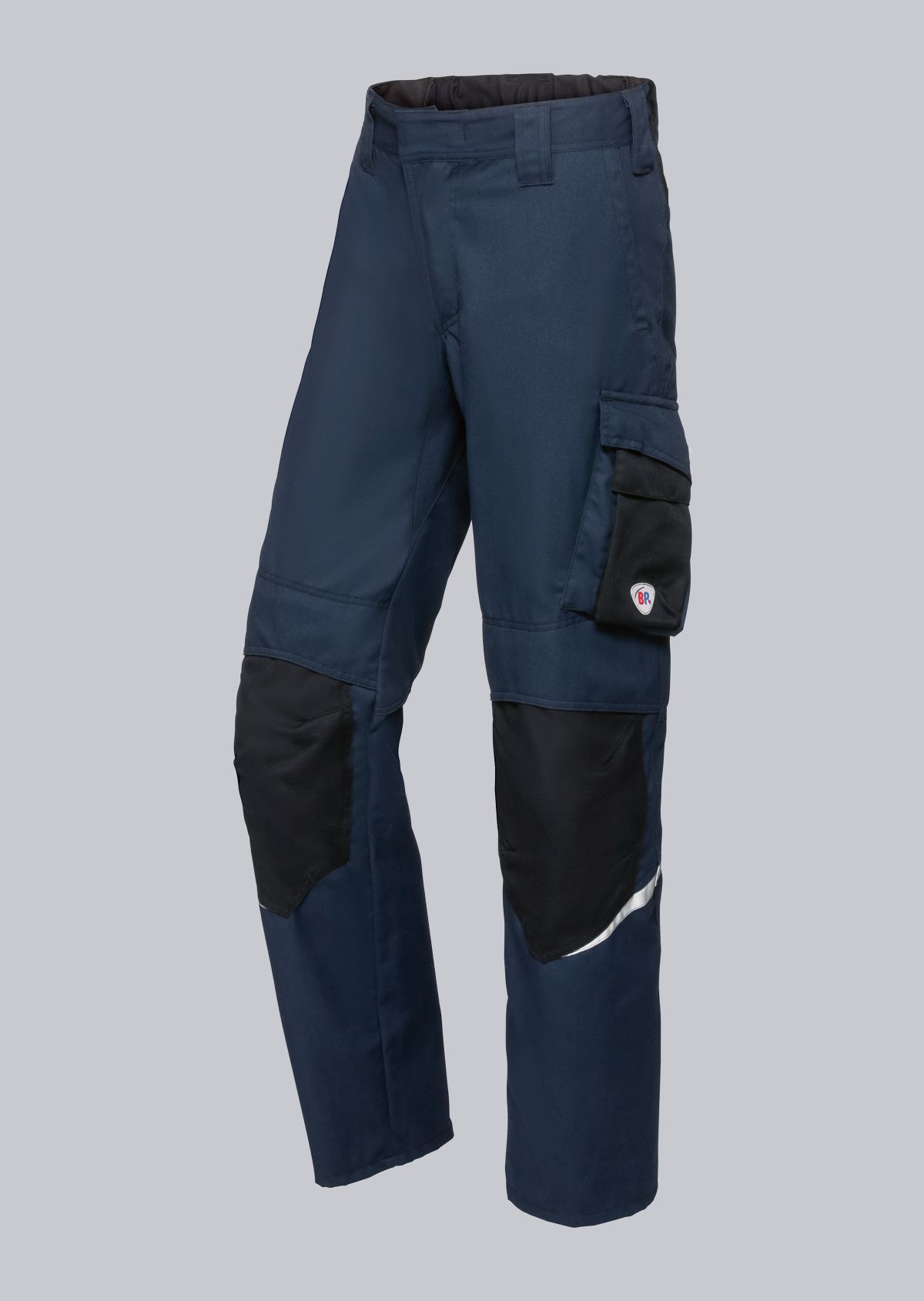
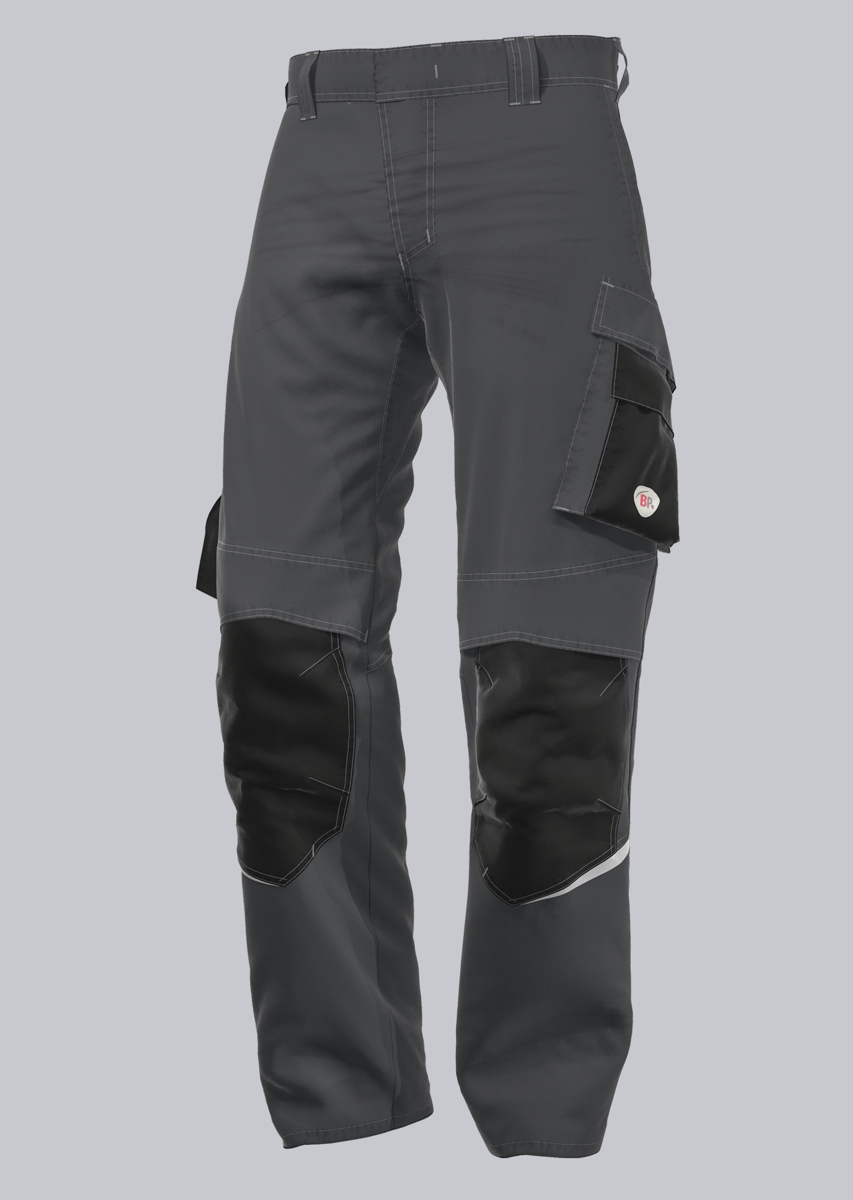
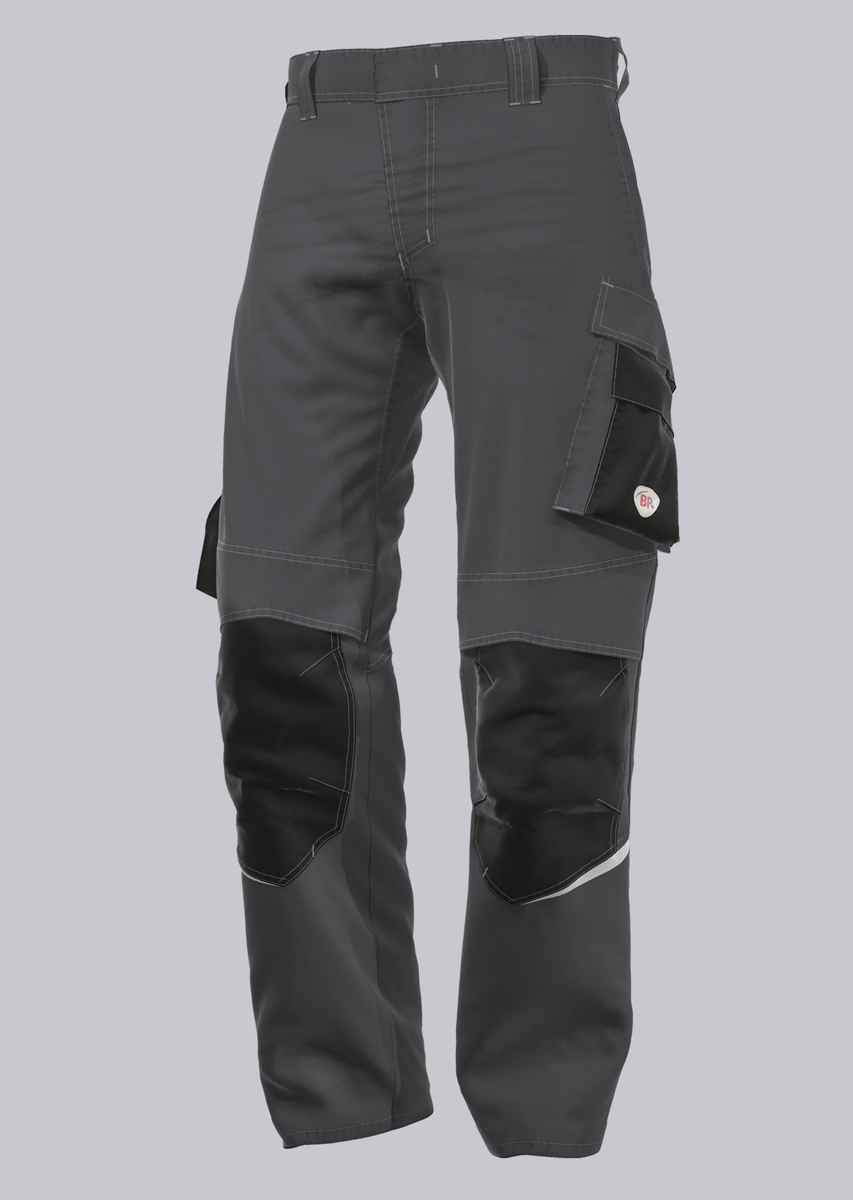
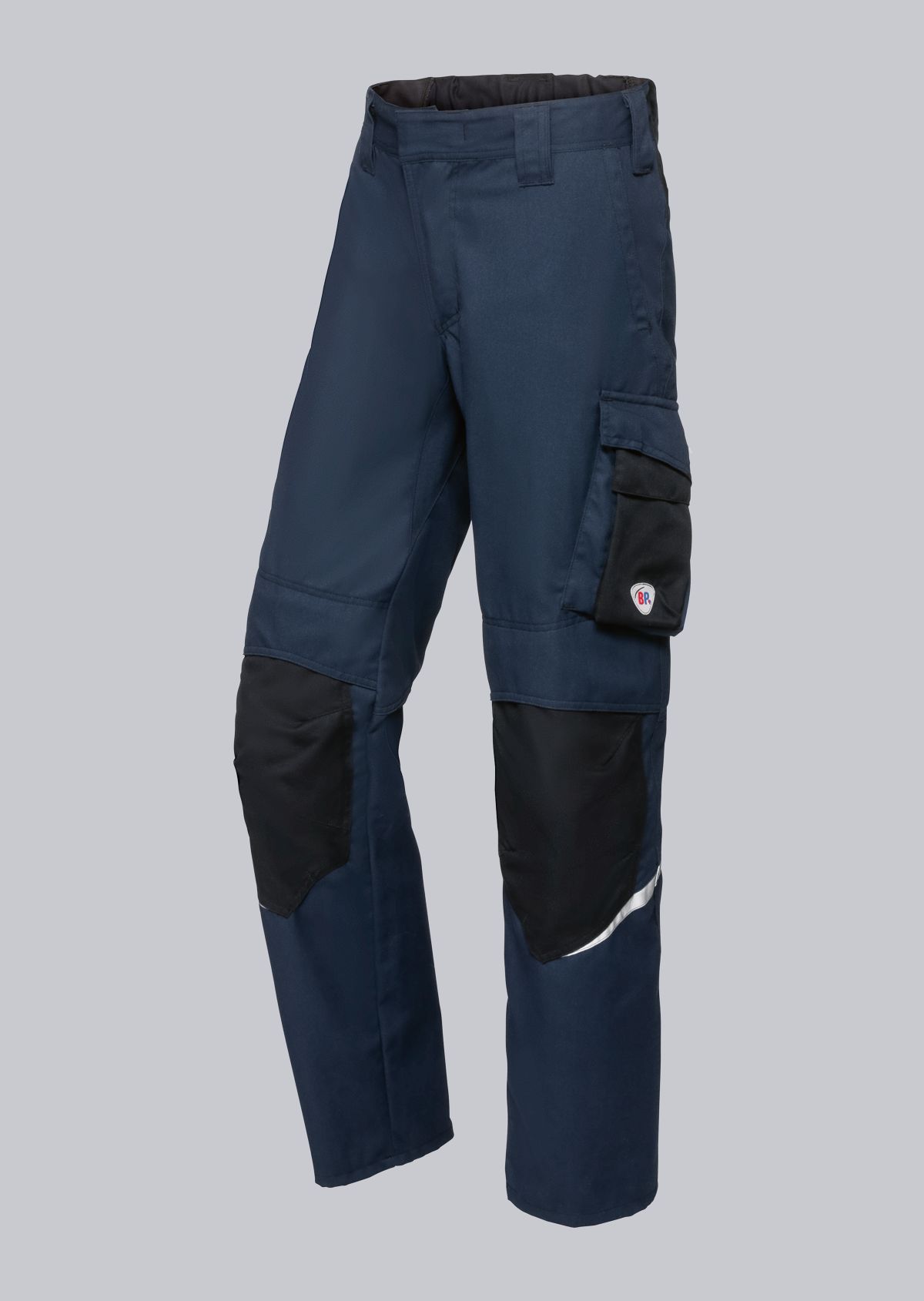
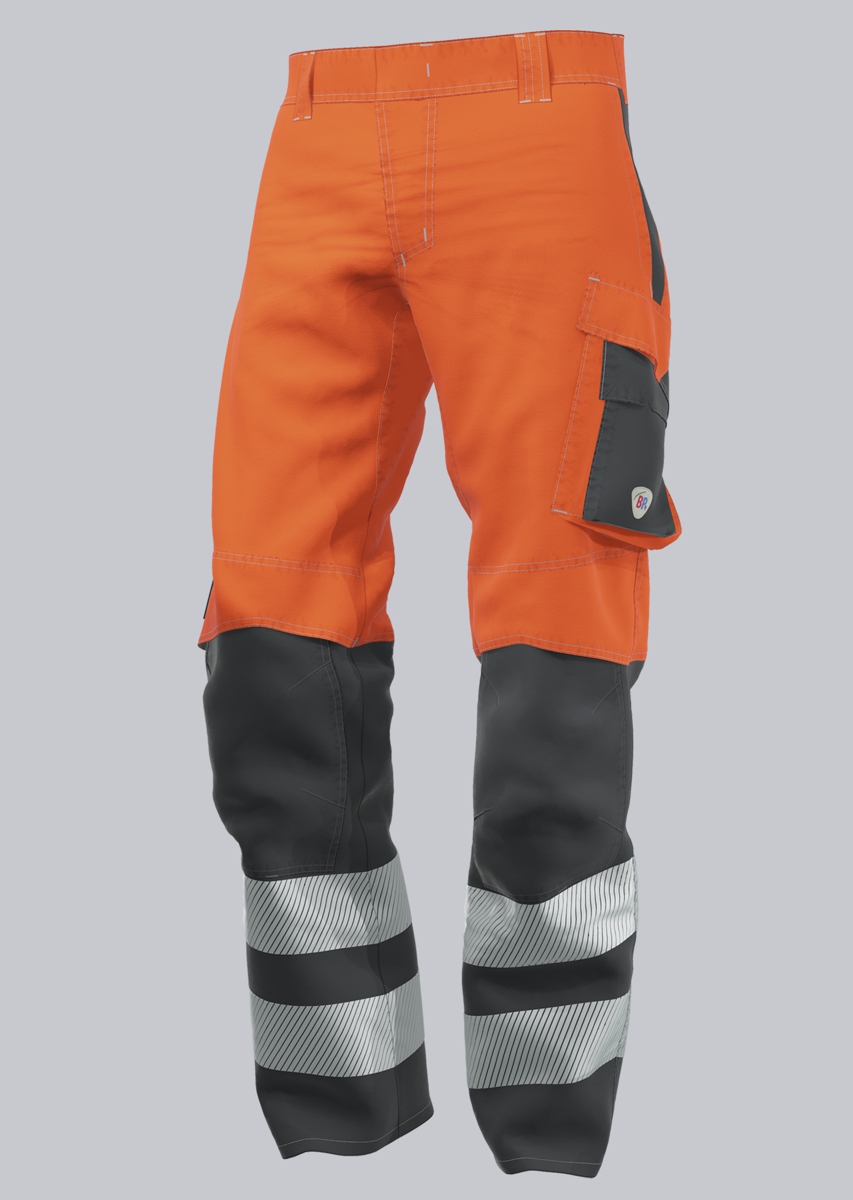
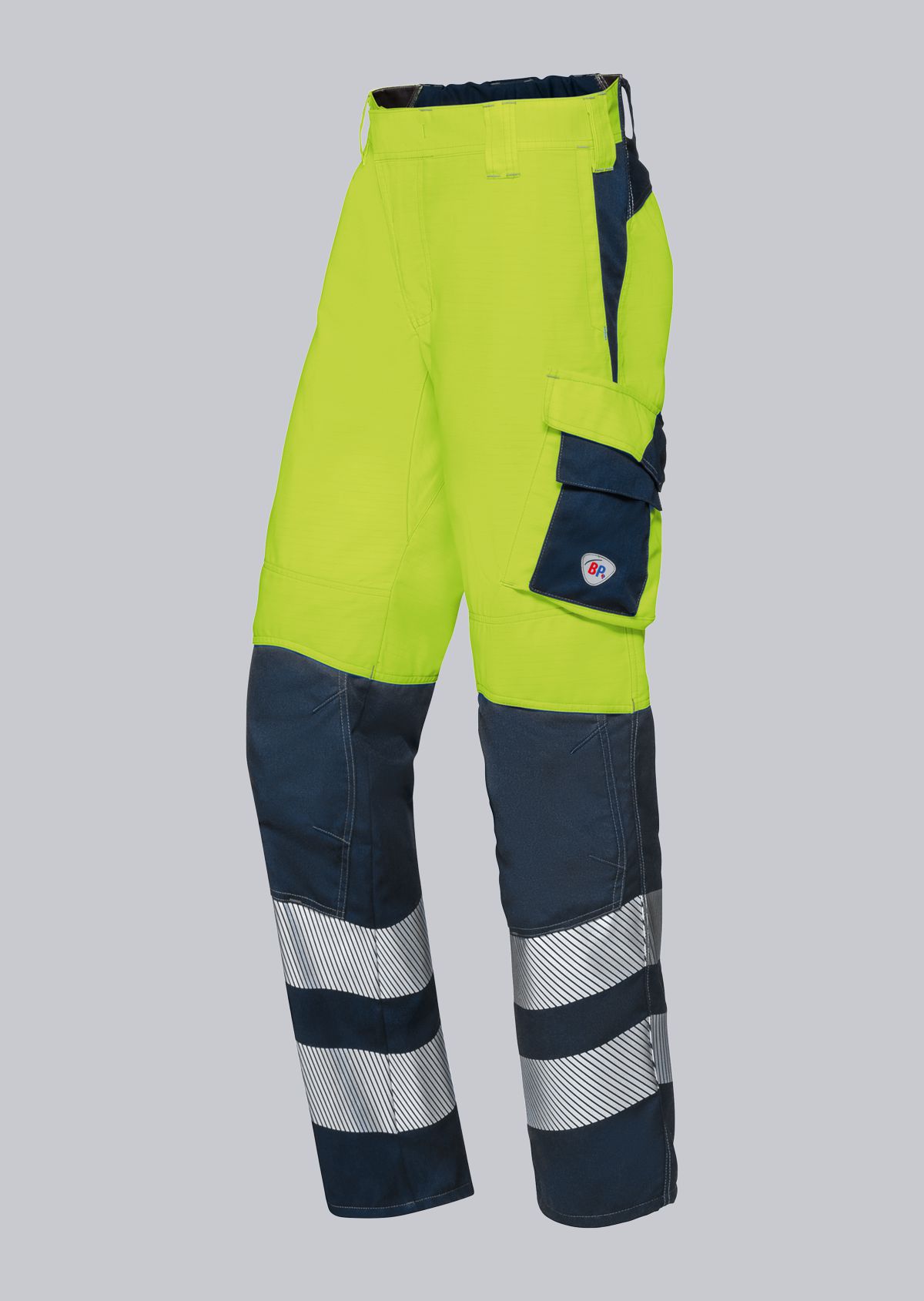
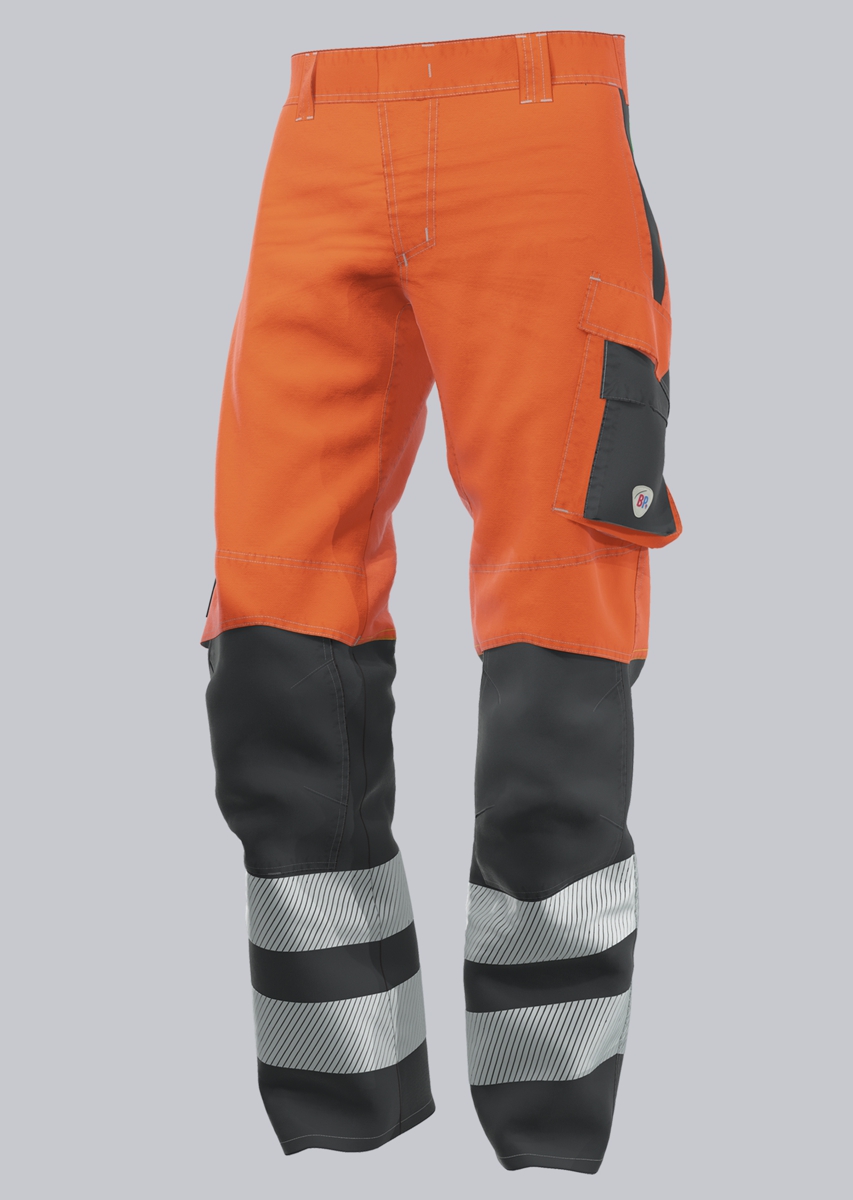
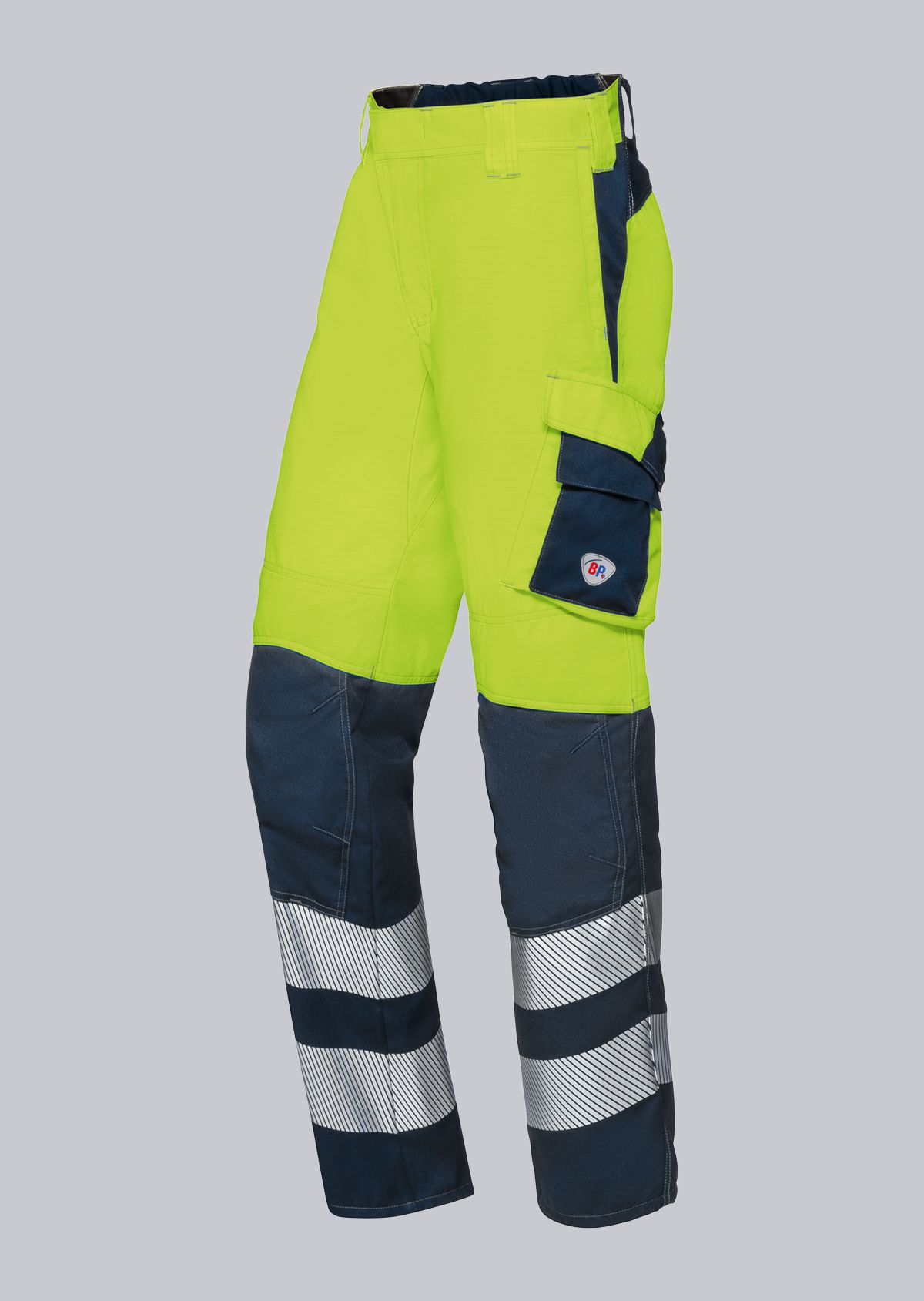
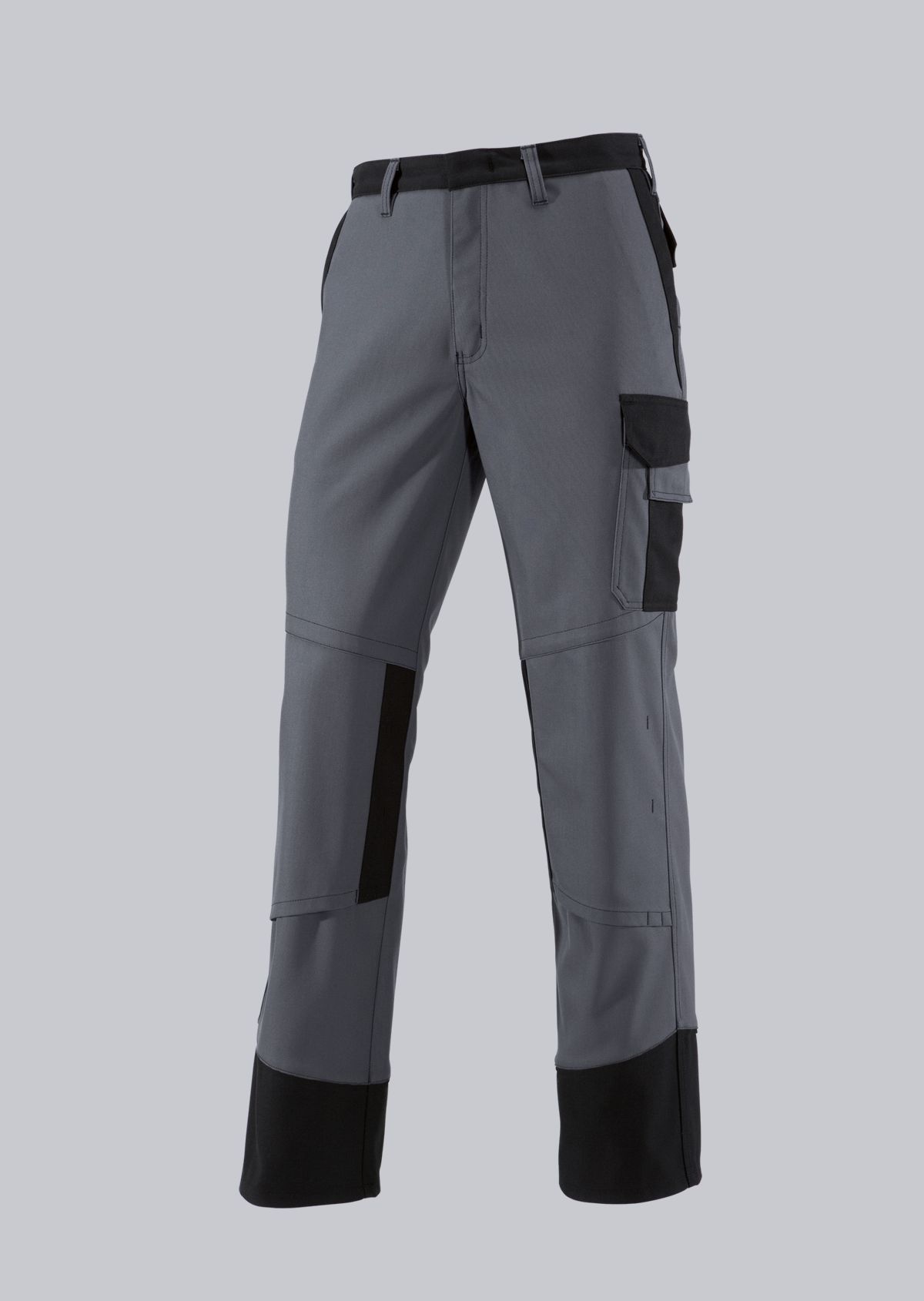
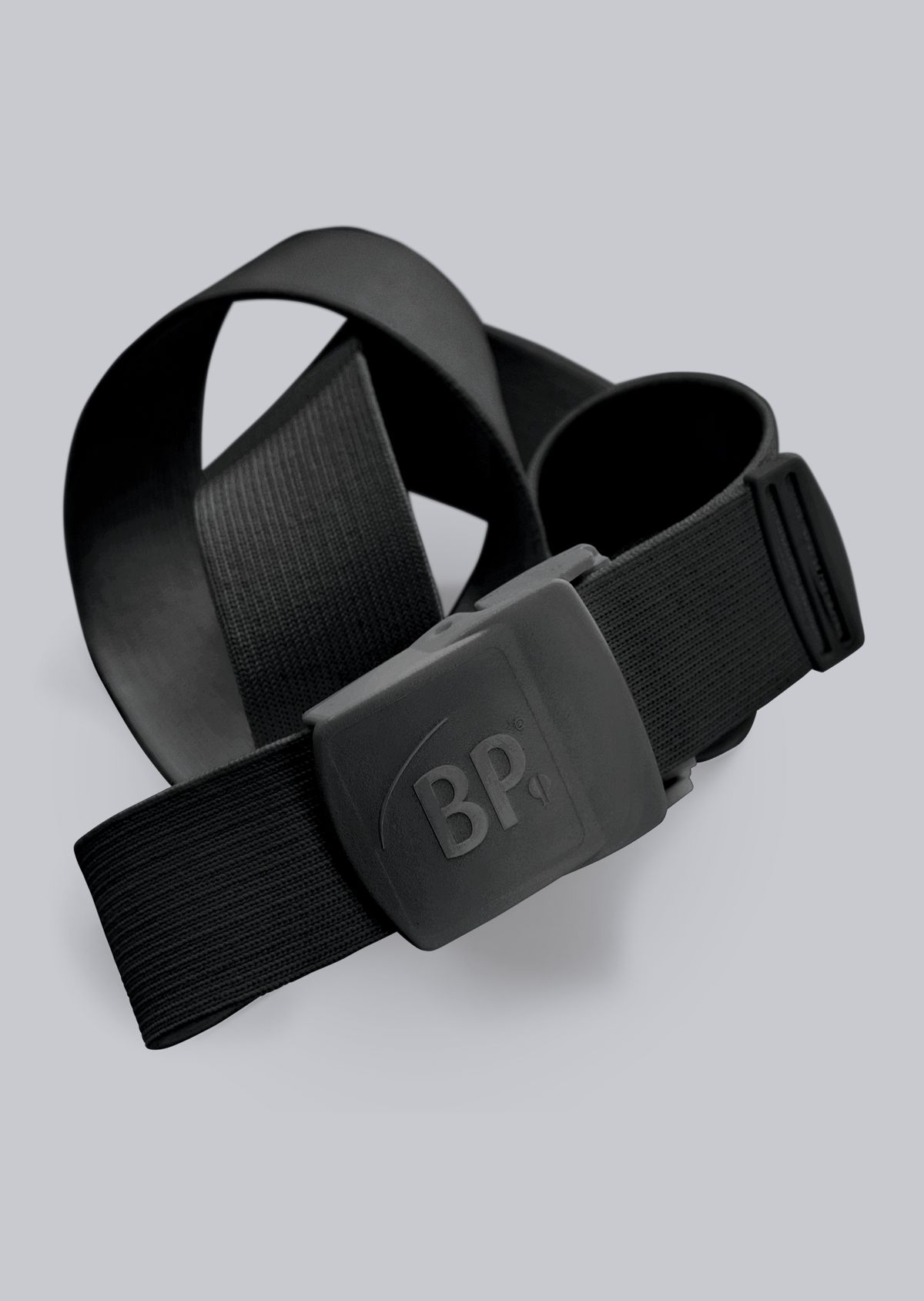
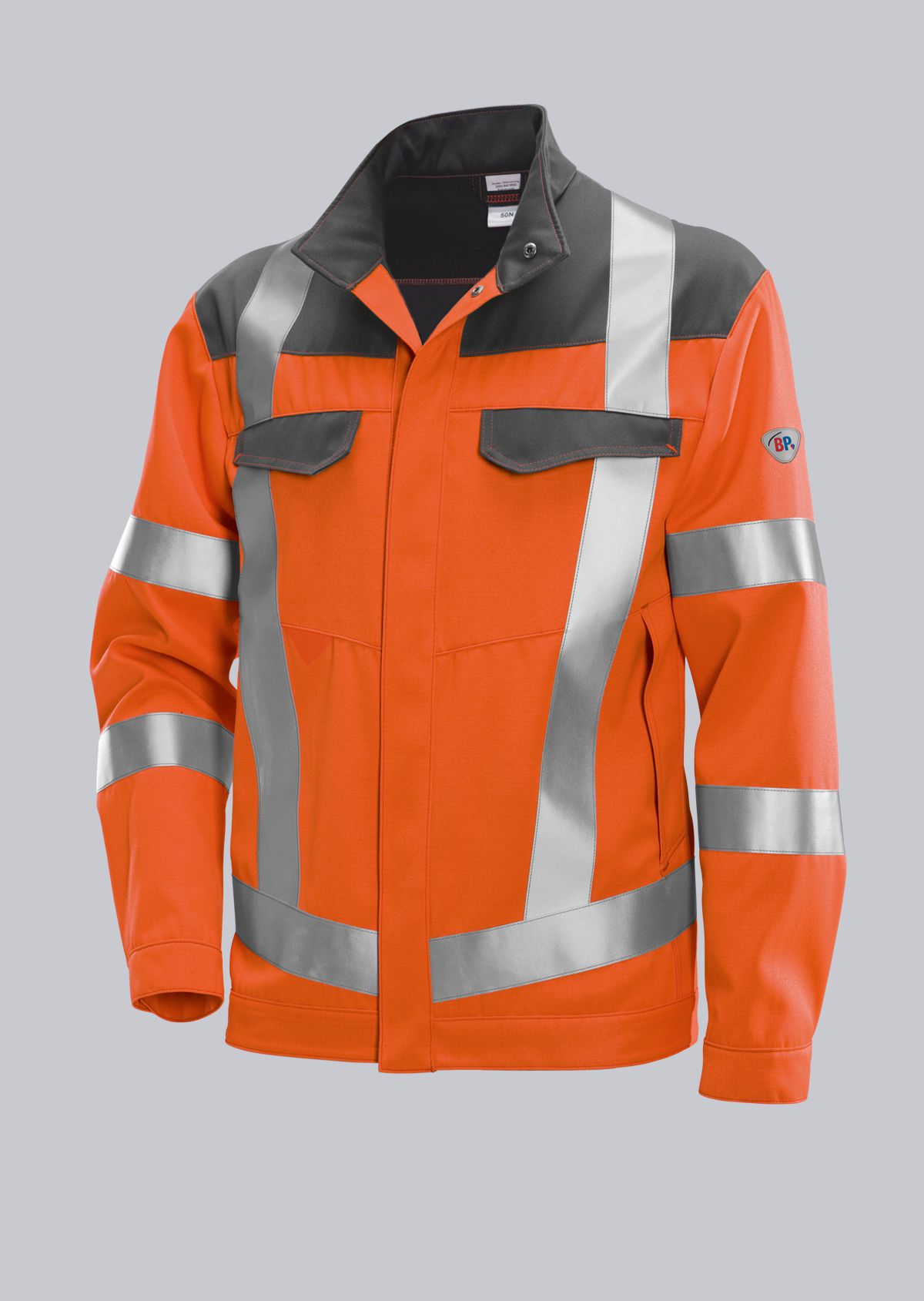
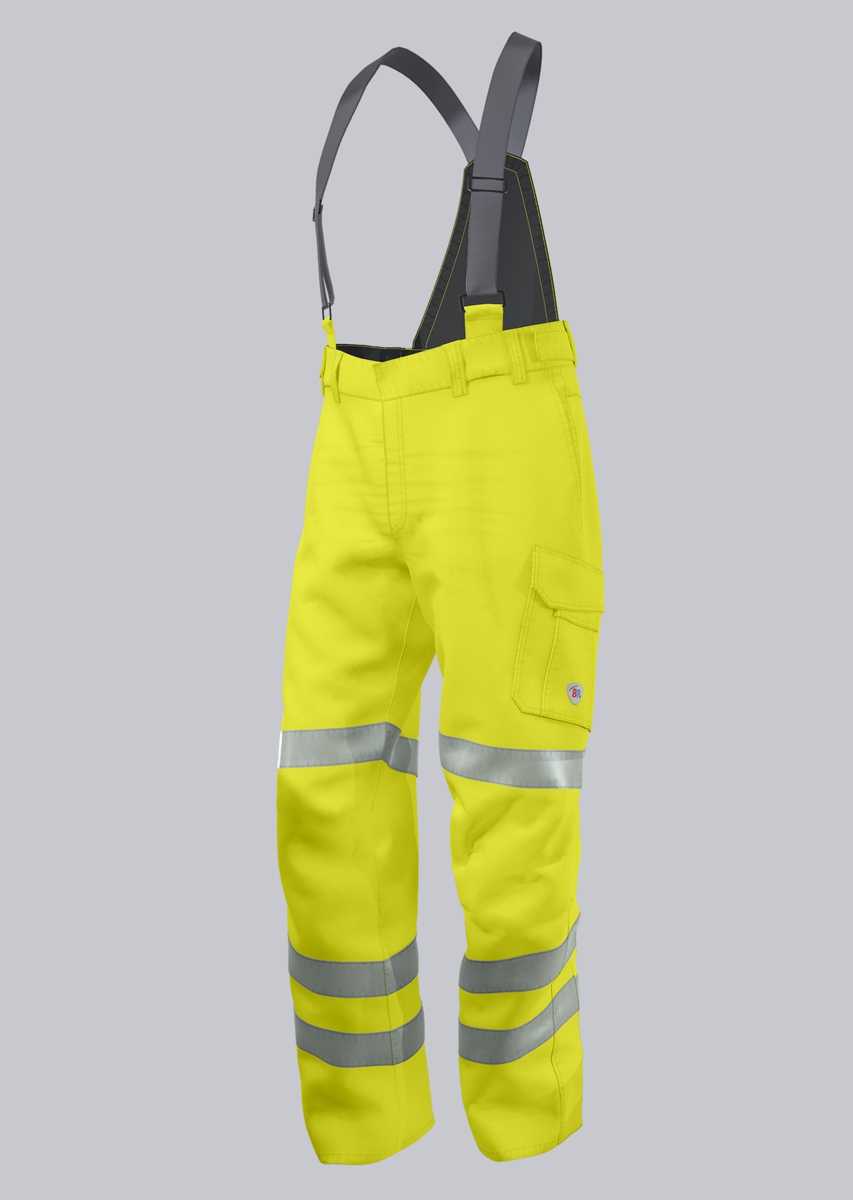
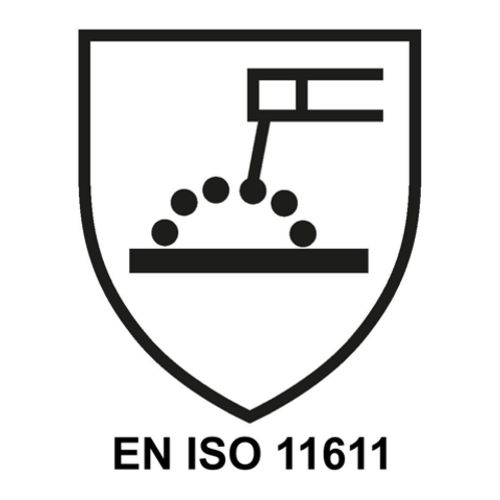
.jpg)
.jpg)
.jpg)
.jpg)
.jpg)